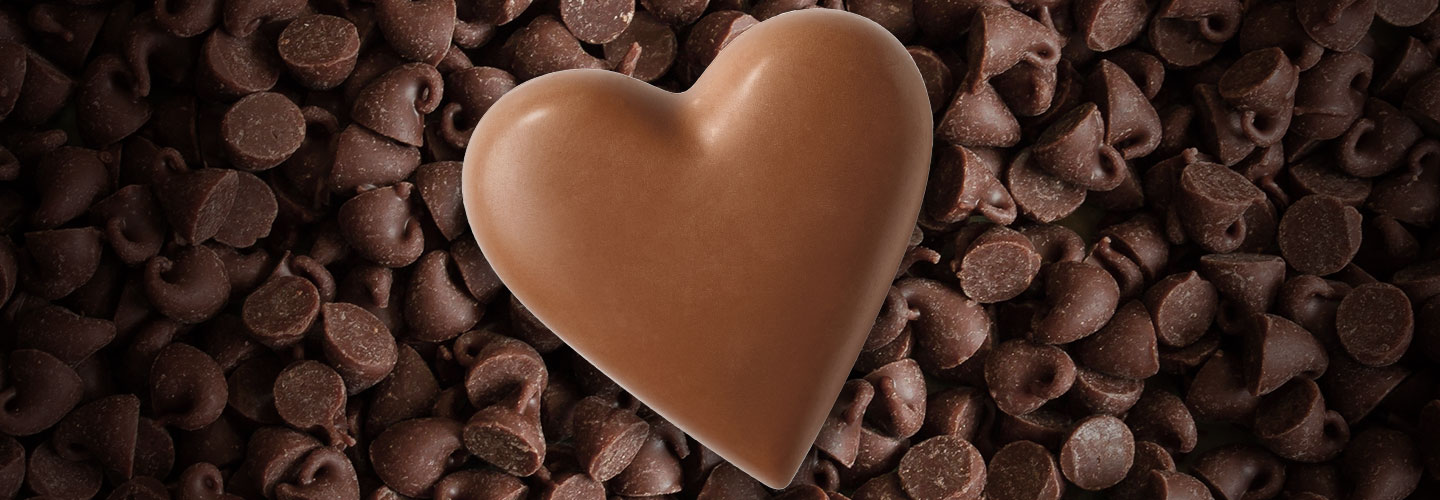On Valentine’s Day, the most popular gift to give isn’t flowers, perfume, or cards—it’s chocolate! This treat is more than just sweet. Its taste, smell, and texture “have many layers and dimensions,” says Romi Burks, a chocolate educator at Southwestern University in Texas.
Chocolate’s main ingredient is ground cocoa beans, which are fermented—meaning their sugars are broken down by microbes—and then roasted. During this process, complex chemical reactions occur that allow chocolate’s unique flavors to develop. The addition of sugar and milk makes chocolate sweet and creamy.
One reason eating chocolate is so enjoyable is because its melting point is about the same temperature as the human body. That means solid chocolate turns into a liquid on your tongue, flooding your mouth with its rich flavor. Chocolate also contains more than 300 chemical compounds, some of which are known to give your body and brain a happy boost.
Indigenous people in South America were the first to farm cocoa beans, which grow on cacao trees, more than 5,000 years ago. They turned the beans into a bitter drink called xocolatl—which the word chocolate comes from. After the Spanish invaded South America in the 16th century, they took cocoa beans back to Europe. There, chefs created the sweet chocolate candy we are familiar with. Today chocolate is loved by people all over the world.
What’s the most popular gift on Valentine’s Day? It isn’t flowers, perfume, or cards. It’s chocolate! This treat is more than just sweet. Its taste, smell, and texture “have many layers and dimensions,” says Romi Burks. She’s a chocolate educator at Southwestern University in Texas.
Chocolate’s main ingredient is cocoa beans. They are fermented, meaning that microbes break down their sugars. Then the beans are roasted. During this process, complex chemical reactions occur. That allows chocolate’s unique flavors to develop. Finally the beans are ground up. Sugar and milk are added to make chocolate sweet and creamy.
Why do people enjoy eating chocolate so much? One reason is that its melting point is about the same temperature as the human body. So solid chocolate turns into a liquid on your tongue. Then it floods your mouth with its rich flavor. Chocolate also contains more than 300 chemical compounds. Some of them are known to give your body and brain a happy boost.
Cocoa beans grow on cacao trees. Indigenous people in South America were the first to farm the beans more than 5,000 years ago. They turned the beans into a bitter drink called xocolatl. That’s where the word chocolate comes from. In the 16th century, the Spanish invaded South America. They took cocoa beans back to Europe. There, chefs created the sweet chocolate candy we know. Today people all over the world love chocolate.

